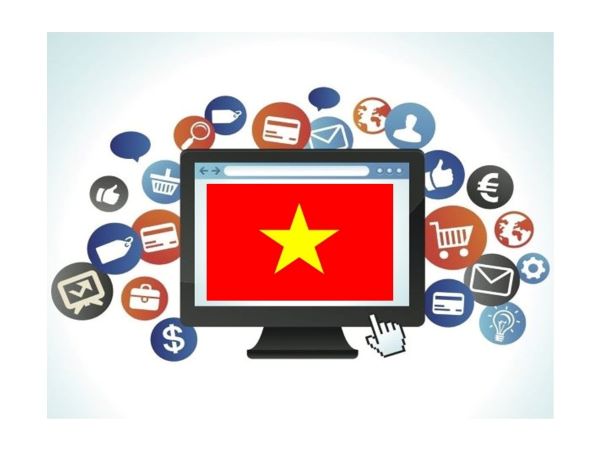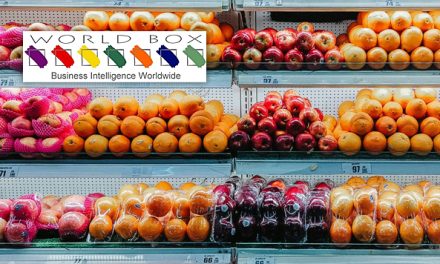The Vietnam E-Commerce Association (VECOM) predicts that the growth rate of Vietnam’s e-commerce market in 2020 will maintain over 30%, and that this market size will exceed 15 billion USD, despite the Covid-19 pandemic.
According to the E-Business Index Report prepared by VECOM, in 2019, the growth rate of the Vietnamese e-commerce market reached over 32%. For the period 2016-2019, the average growth rate was about 30%. The scale of e-commerce retail of consumer goods and services in 2019 reached about 11.5 billion USD. VECOM predicted that 2020’s growth rate will maintain over 30% and the size of this market will exceed 15 billion USD.
From the beginning of February to the end of April 2020, due to the impact of the Covid-19 epidemic, many economic activities as well as domestic and international trade were interrupted. However, according to VECOM, e-commerce sector may still experience positive development because of two factors.
First of all, the pandemic has changed consumer behaviors. Vietnamese people have remained optimistic and quickly switched from traditional shopping to cyber shopping. In addition, e-commerce businesses were able to maintain their human resources during the peak time (three months) of the pandemic. Most will increase staffing in the second half of the year. They also see new opportunities from the larger shopping community which relies more on online shopping.
The trend that takes place in Vietnam is similar to that in the region. Visa said that in Asia-Pacific, 41% of consumers have made more than 5 transactions on e-commerce platforms in the past 3 months.
“Trade across Asia-Pacific shifted drastically to digital platforms during the outbreak of Covid-19. More and more people are purchasing their necessities online and looking for secure, non-cash payment methods” said Chris Clark, President of Visa Asia – Pacific.
Le Hoang Long, Head of Retail Research at Nielsen Vietnam, said recent surveys conducted by Nielsen showed that the demand for shopping on e-commerce platforms has increased markedly since the outbreak of the pandemic.
Meanwhile, shopping online patterns have changed as the number of orders for food and essential goods increased while for fashion and non-food products decreased. Therefore, e-commerce businesses need to make a lot of changes to fit with their customer demands. Accordingly, 53% of consumers said that they bought products online because of promotions while 30% informed that they made purchases to replenish and increase their stock.
Currently, the majority of online shoppers are young people, aged from 18 to 29, working as office workers, of which 63% are women. 88% of them use mobile devices and 81% still pay by the method of COD (cash on delivery).
In recent years, the number of people going online to buy fast-moving consumer goods (FMCG) has grown sharply. Therefore, FMCG is a potential source of growth for the e-commerce industry in Vietnam in the coming time.
Enterprises themselves need to focus on building shopping experience through mobile apps and encouraging new shopping habits.
In particular, although the majority of consumers still prefer to pay by cash, in the future, the use of e-wallet will be dominant. According to data from Nielsen Vietnam, so far this year, there have been about 53% of e-wallet users paying when buying online, which is an increase of 28% compared to 2019.
A report by Credit Suisse indicated that by the beginning of 2019, the percentage of cash payment in consumer transactions in Vietnam had reached 84%, the highest in the Asia-Pacific region. However, this organization also said that Vietnam’s e-commerce has grown rapidly, so electronic payment will have increased 6 times, reached 16 billion USD, and accounted for 8% of total payment transactions by 2023. The rate of non-cash payment will increase from 16% in 2019 to 23% in 2023.
 Source: VECOM, Nielsen Vietnam, Credit Suisse
Source: VECOM, Nielsen Vietnam, Credit Suisse
Writer: Alice Hoang Thao – VietnamCredit


























